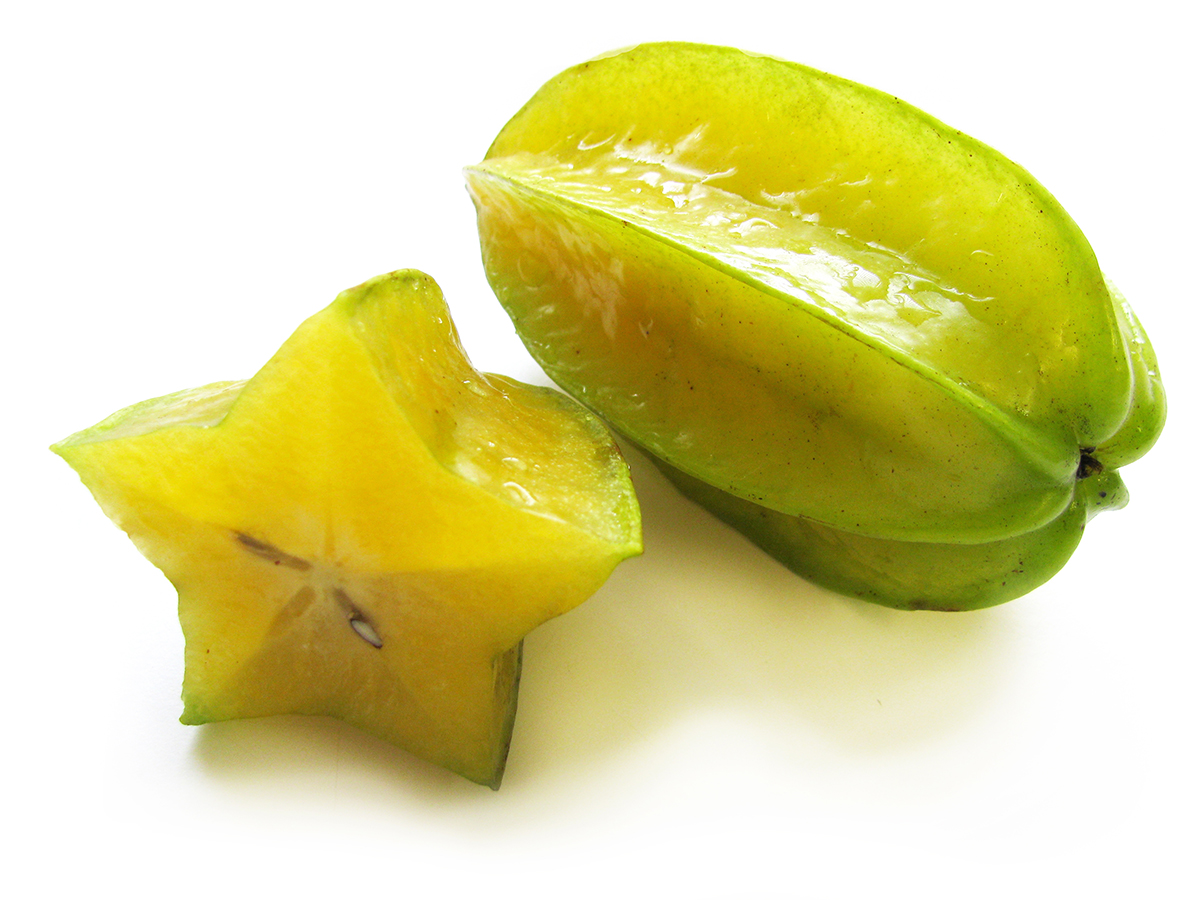Carambola: starfruit
This page has information about growing carambola at home in the Northern Territory (NT).
About carambola
Name: carambola, starfruit, five-corner, bilimbing, yang tao, averrhoa carambola (oxalidacea).
Origin: Malaysia and Indonesia.
Distribution: grown in tropical and sub-tropical countries.
Australian distribution: carambola is grown in northern New South Wales, coastal Queensland and around Darwin in the NT.
Description
Carambola trees can grow up to 8m tall. Flowers are pink or mauve and form along all the branches and main trunks of the tree.
The fruit is oval-shaped and has yellow skin and flesh. It usually has five ridges running the length of the fruit.
When cut across the width, the slices form a star shape, hence the name 'starfruit'.
The fruit grows 5cm to 15cm long.
Preferred climate and soil
Carambola prefers either a wet and humid climate, or a climate with a distinct dry season.
It grows best in well drained, clay loam soil with a pH of 5.5 to 6.5.
It can tolerate some waterlogging. It cannot tolerate drought conditions or salt.
Varieties
There are several carambola varieties.
All of the following carambola varieties are grown commercially:
- B2
- B10
- B11
- fwang tang.
Propagation
Carambola trees can be grown from seed, but fruit quality is inconsistent. You should grow carambola from grafted trees.
Carambola trees need a regular supply of water and fertiliser. They respond well to heavy pruning.
Pests and diseases
There are several pests that can affect this crop, including sulphur-crested cockatoos, fruit fly, fruit-sucking moth, fruit-eating caterpillars, green vegetable bugs, flatids and red-banded thrips.
You should use bird netting to protect carambola from pests.
Fruit season
Around Darwin, carambola is produced all year.
Harvest
Carambola is picked by hand when ripe.
Storage
Carambola can be stored for up to five weeks at 10 degrees Celsius and for 10 weeks at 5 degrees Celsius.
Eating
Carambola is usually eaten raw or juiced. It can be cut into stars and used to decorate salads and desserts.
Give feedback about this page.
Share this page:
URL copied!
